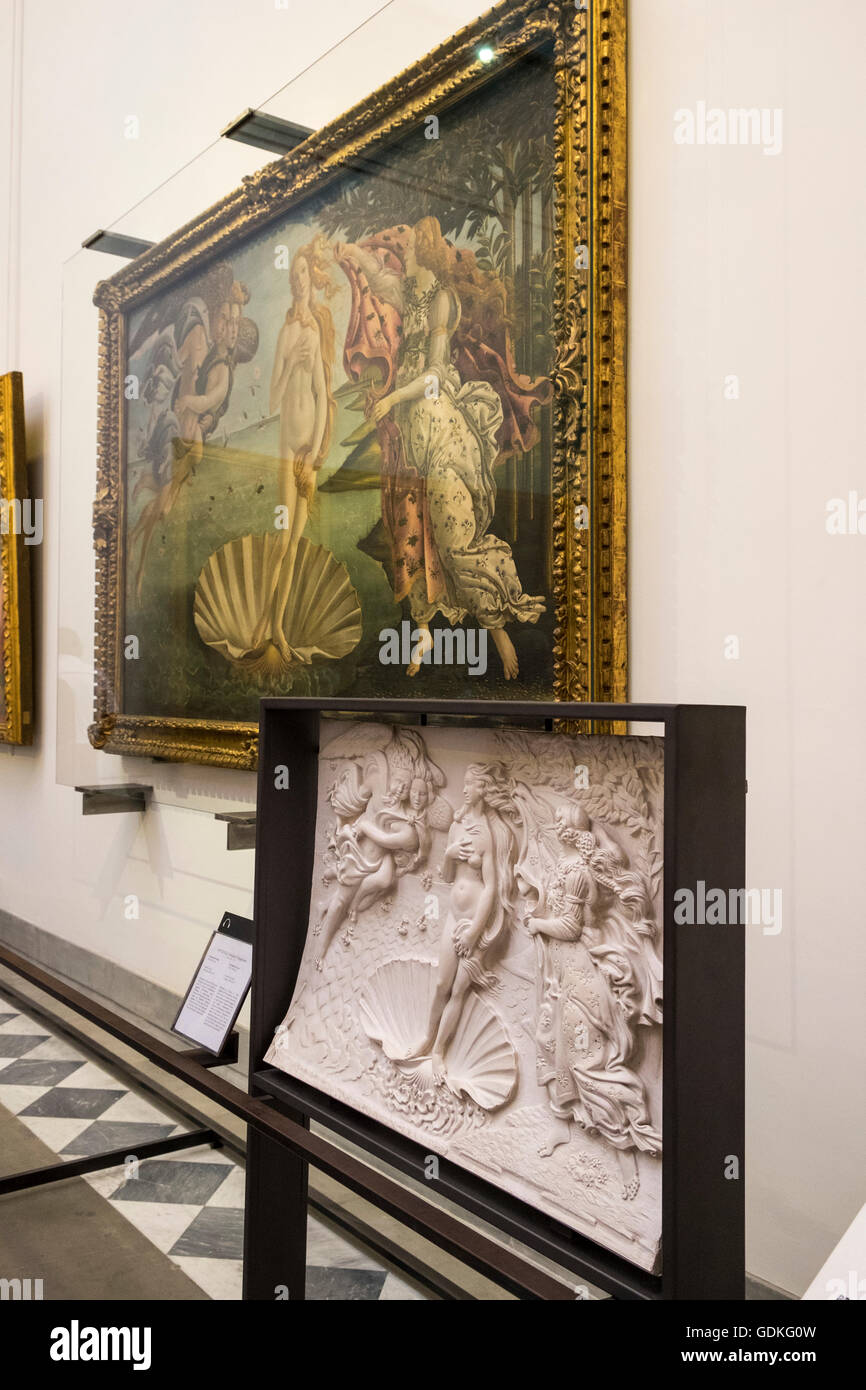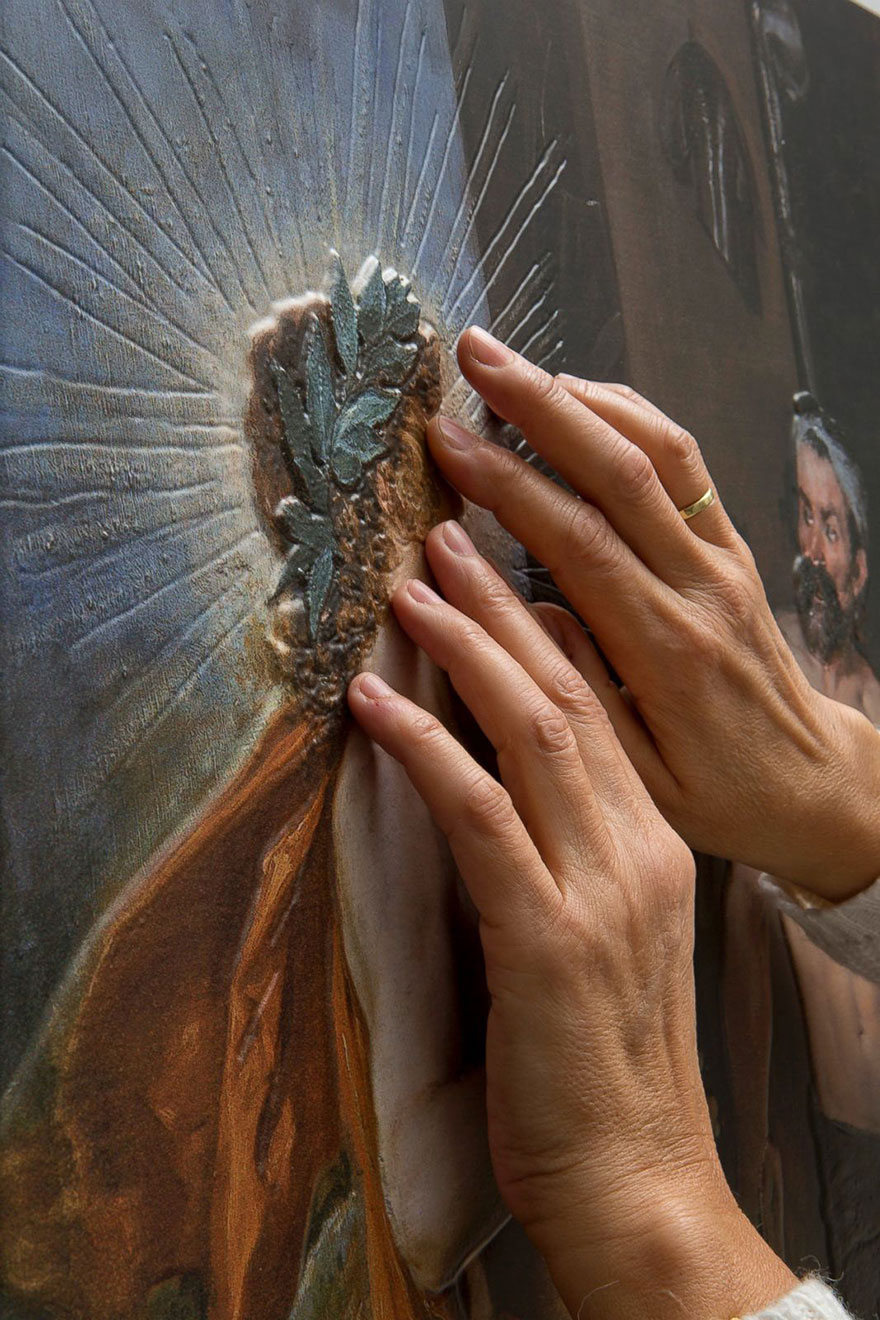Warning to readers: this blog post is created in two parts as it covers two weeks of material. As I was unable to finish my blog post from last week on network analysis but still thought it was important information, I wanted to include some of the material that I had written. My second part of the blog post will be spent on this week’s topic: 3D Modeling. With that being said, let’s get this show on the road!
(Net)workin’ 9 to 5
When looking at the theme of this week’s class, the words ‘network analysis’ did inspire a strike of fear in me, to be honest. Coming from my SILS background, anytime I hear “network analysis,” I am brought into the realm of system analysis, database creation, and all other scary things that I try my best to avoid in the “information science” part of my library degree (I will happily lead all those scary items to Emily C., thank you). But, once broken down into simple terms, and also related in applicable ways in the field of art history, network analysis becomes a lot less scary.
For those who, like me, were a bit nervous in approaching this topic, I would highly recommend Scott Weingart’s blog post “Demystifying Networks.”
As the title suggests, Weingart succinctly goes through all of the terms associated with networks and provided an excellent overview of the conceptual information associated with networks. For someone who is new to networks (and a bit fearful), this really basic introduction was extremely helpful for my introduction to the topic. But, more than any of the conceptual definitions Weingart offers or even the explanation of what networks are and how they are used, it is the ‘warning’ that he offers at the beginning of the post that I found most compelling. As we have learned more and more tools throughout this semester and looked at various ways in which you can utilize resources in the digital humanities in our own work, specifically within the field of art history, not every tool is actually useful for research. Weingart writes
“Networks can be used on any project. Networks should be used on far fewer.
Scott Weingart. “Demystifying Networks.”
This approach, and reminder, to network analysis, as well as all of the digital technologies that we have talked about this semester, is extremely important. Just because it is a new tool that you know how to use, it doesn’t mean that you actually should use that tool. Weingart points out that almost anything can be placed in a network; we have looked at that various tools that you can just plop your data sets in and the technology does the rest. But before you include this visualization in your research or place it in a presentation, it is important to ask yourself: is this network analysis altering the question I’m asking? Is it helping me support my thesis? If not, then it might not be productive to use it. This mindset is something that I think many digital humanists should incorporate in their
3D Modeling
In contrast to the week on network analysis, 3D modeling is a much different tool and, therefore, it is utilized in a different way than projects with 3D modeling. Unlike some of the other topics that we have covered in class, there are a variety of articles that have directly addressed the methodologies that have been created. This was a really interesting facet to me as I felt like, in the majority of articles or readings that we have encountered this semester, the methodologies were not something that was clearly expressed or even discussed in the majority of the readings. For reference, here are the citations for the readings that we went over this week:
- Diane Favro. “In the Eyes of the Beholder: Virtual Reality Re-Creations and Academia.” In Imaging Ancient Rome, edited by Haselberger, Lothar Williams Symposium on Classical Architecture and John H Humphrey, 321–34. Supplementary Series 61. Portsmouth, R.I.: Journal of Roman Archaeology, 2006.
- Alessandro E. Foni, George Papagiannakis, and Nadia Magnenat-Thalmann. “A Taxonomy of Visualization Strategies for Cultural Heritage Applications.” Comput. Cult. Herit.3, no. 1 (July 2010): 1:1–1:21. doi:10.1145/1805961.1805962.
- Christopher Johanson. “Visualizing History: Modeling in the Eternal City.” Visual Resources 25, no. 4 (2009): 403–18.
- Brent Nelson, Melissa M Terras, and Lisa Snyder, eds. “Virtual Reality for Humanities Scholarship.” In Digitizing Medieval and Early Modern Material Culture, 395–428. Toronto, Ontario; Tempe, Arizona: Iter : Gateway to the Middle Ages and Renaissance ; ACMRS (Arizona Center for Medieval and Renaissance Studies), 2012.
- Pitukcharoen, Decho. 3D Printing Booklet for Beginners (Metropolitan Museum of Art, New York, 2014). http://www.metmuseum.org/~/media/Files/Blogs/Digital%20Media/3DPrintingBookletforBeginners.pdf
- Jentery Sayers, “Made to Make: Expanding Digital Humanities through Desktop Fabrication,” Made to Make, DH 2013. http://dh2013.unl.edu/abstracts/ab-441.html
- Melvin J. Wachowiak and Basiliki Vicky Karas, “3D Scanning and Replication for Museum and Cultural Heritage Applications,” JAIC 48 (2009), pp. 141-158. http://www.si.edu/content/MCIImagingStudio/papers/scanning_paper.pdf
Before reading these articles for this week, I was really only familiar with 3D modeling being used for cultural heritage institutions (more on that later) as well as Classics studies. In this instance, it makes sense for, not only 3D modeling but many digital humanities tools to be used in Classics studies. Unlike the majority of fields in Art History, Classics scholars focus on objects and works that are often damaged, or even completely lost. Just like it makes sense that the architectural historians were some of the first to embrace the digital humanities as it most aligned with their own research, it makes sense that Classics would use 3D modeling as it could affect and broaden their own research topics.
One of the things that we discussed in class that I think is integral to emphasize is the fact that in may instances, especially with scholars who study other pre-modern global cultures, the 3D models often involve speculation in order to recreate the object. In light of this, it is easy to criticize the fact that there are a lot of inferences being made by the scholar or the person creating the model. But, this is something that has occurred throughout the field of art history or even history. For example, I am currently a Teaching Assistant for the survey class “Introduction to the Art and Architecture of Pre-Hispanic Mesoamerica.” In this class, we constantly look at objects- whether stone sculptures, ruins of temples, or mural paintings- that are extremely damaged. In these instances, scholars are extremely likely to create recreation drawings of these ruins. In these instances, they are making guesses, based on the other objects that they study, to fill in what is not there anymore. Because of this, I don’t think we need to be extremely wary of digital tools doing the same thing.
3D Modeling Projects
For me, the first thing that comes to mind when I think about 3D modeling projects that are useful and beneficial to the field are 3D models that are used to crease accessibility services. There are many instances when 3D models are created to help people with visual impairments ‘see’ the object. Being able to add another sense can greatly impact an understanding of an object, even beyond those who are visually impaired. These are already being implemented in some museums, but I think about increasing this service is a wonderful way to broaden the communities who museums are able to reach.

